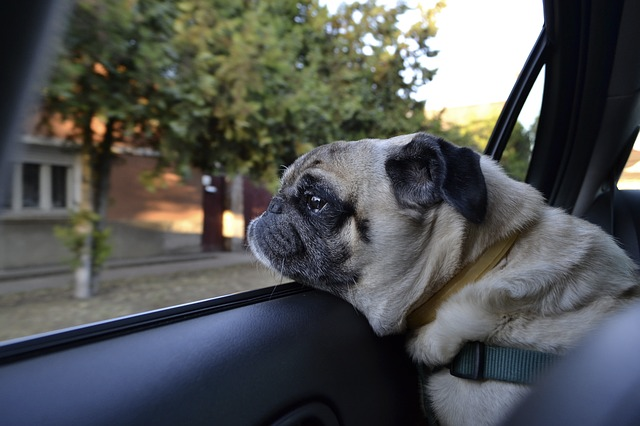The feeling of nausea is due to the movements and oscillations of the vehicle, which send the vestibular apparatus , i.e. the balance control centre, into haywire.
This phenomenon is called motion sickness and is highly subjective, just like in people. Some dogs therefore tolerate traveling on curvy roads, while others risk even vomiting along straight lines.
Fortunately for us, there are drugs that specifically fight motion sickness, inhibiting the vomiting center in order to erase the feeling of nausea.
The dog has a much higher perception of noises and vibrations than ours, so the roar and jolt of the engine can literally send him into panic.
An animal in these conditions may bark or howl incessantly, drool profusely, freeze as if frozen or try in every way to get out. Even the closed and restricted space of the passenger compartment is a source of stress, because it can make the four-legged friend feel trapped.
Fortunately, today we also have effective solutions to counteract fear, without having to resort to sedative drugs that involve risky side effects.
Calming: solution in jellies!
Calming is a product based on natural and phytotherapeutic substances that facilitate the dog's relaxation, helping him to remain calm even in stressful situations.
Thanks to the innovative formulation in gummy jellies, Calming dissolves quickly once ingested, releasing the active ingredients that act very quickly.
Simply administer it 20-30 minutes in advance to address any circumstances that agitate or scare the dog. Car trips, visits to the vet/groomer, fireworks or prolonged periods of solitude will no longer be a problem!





Comments